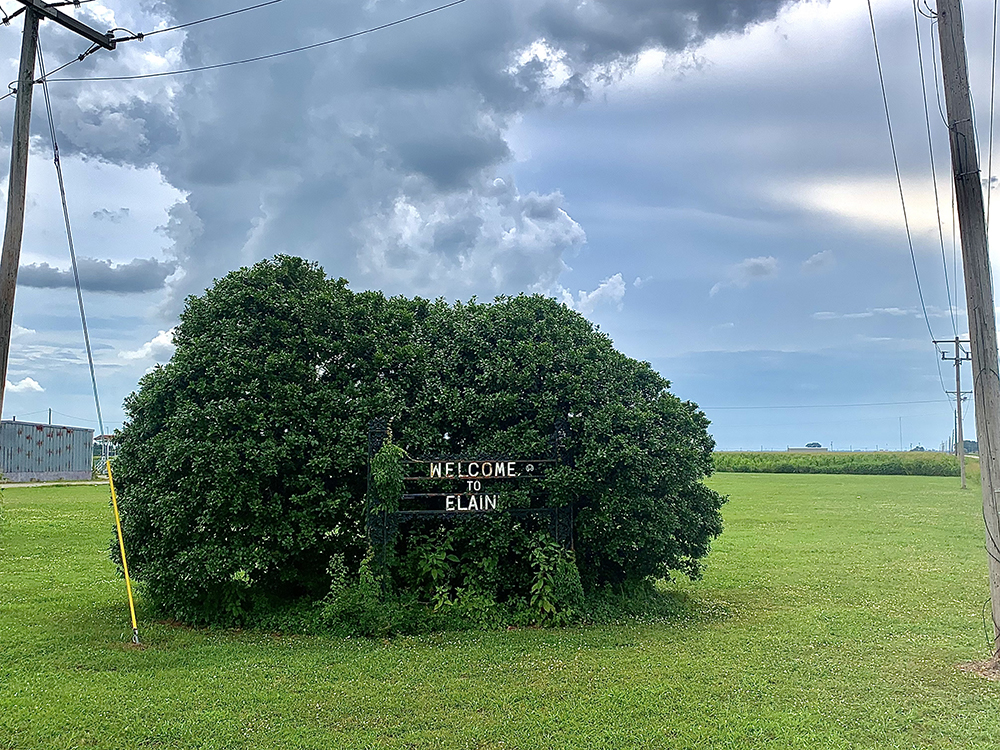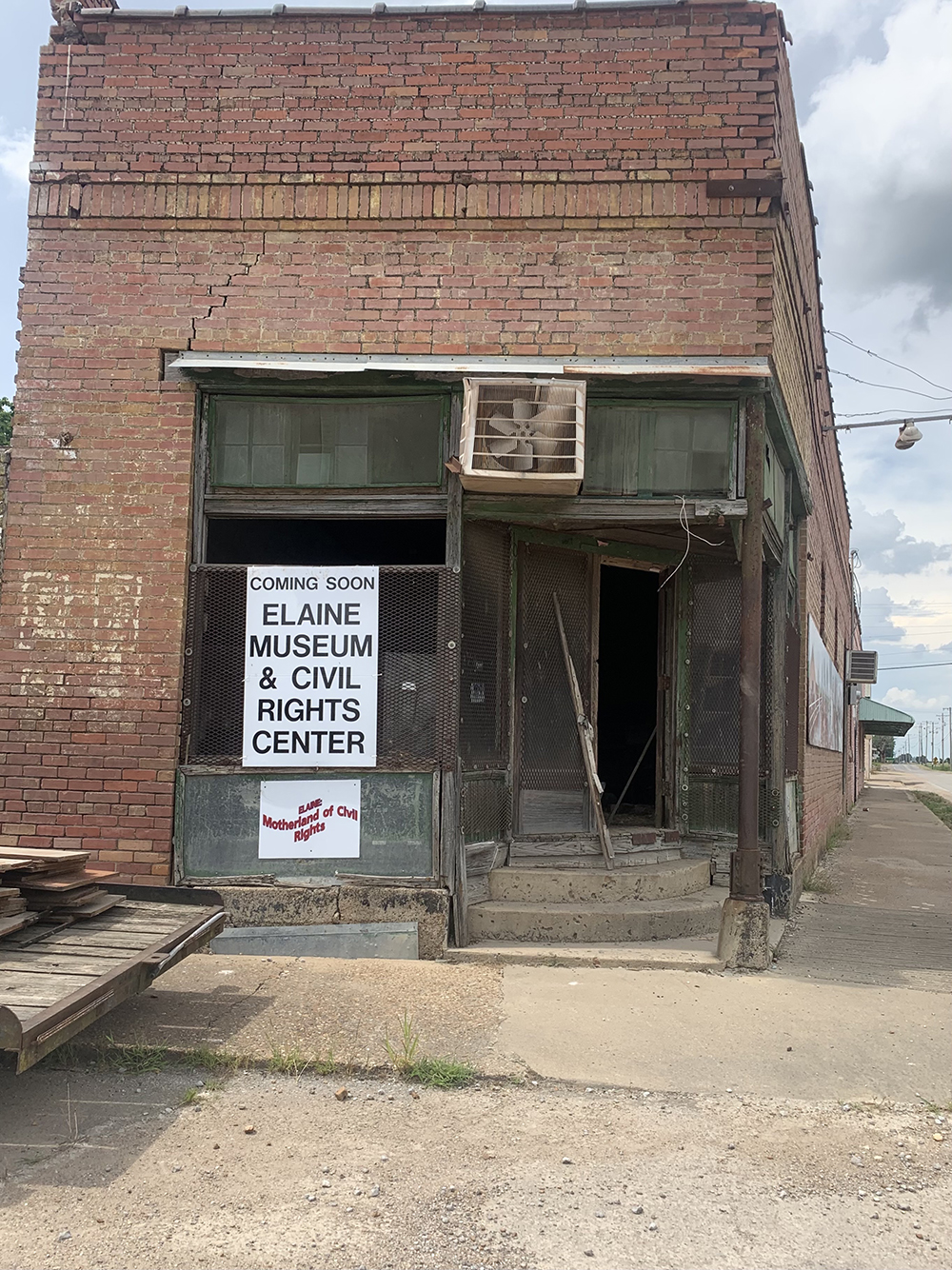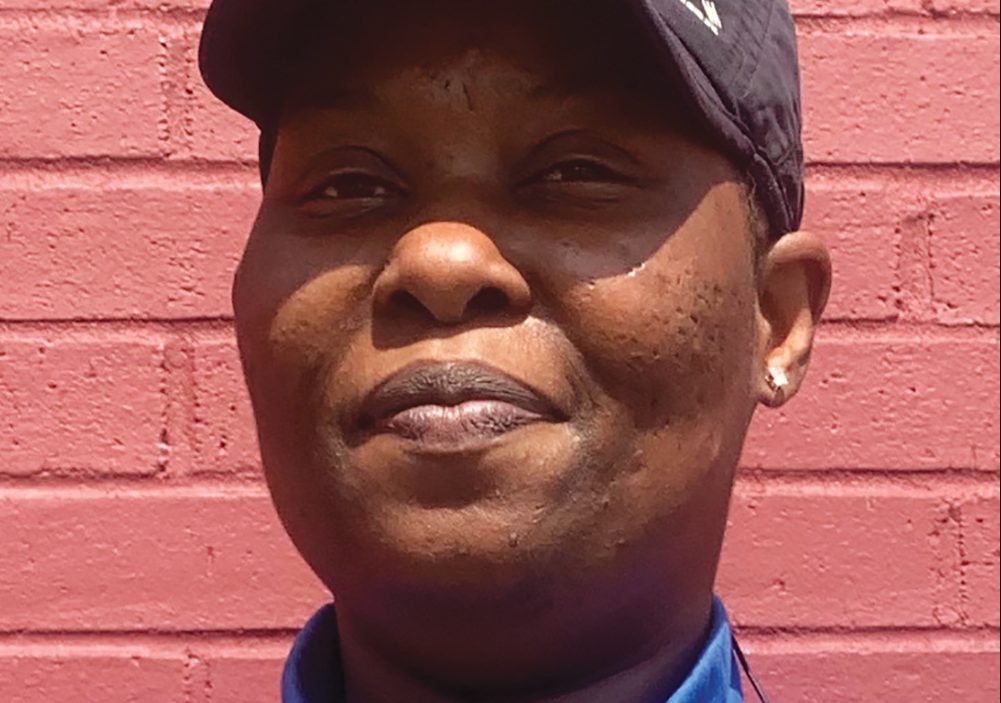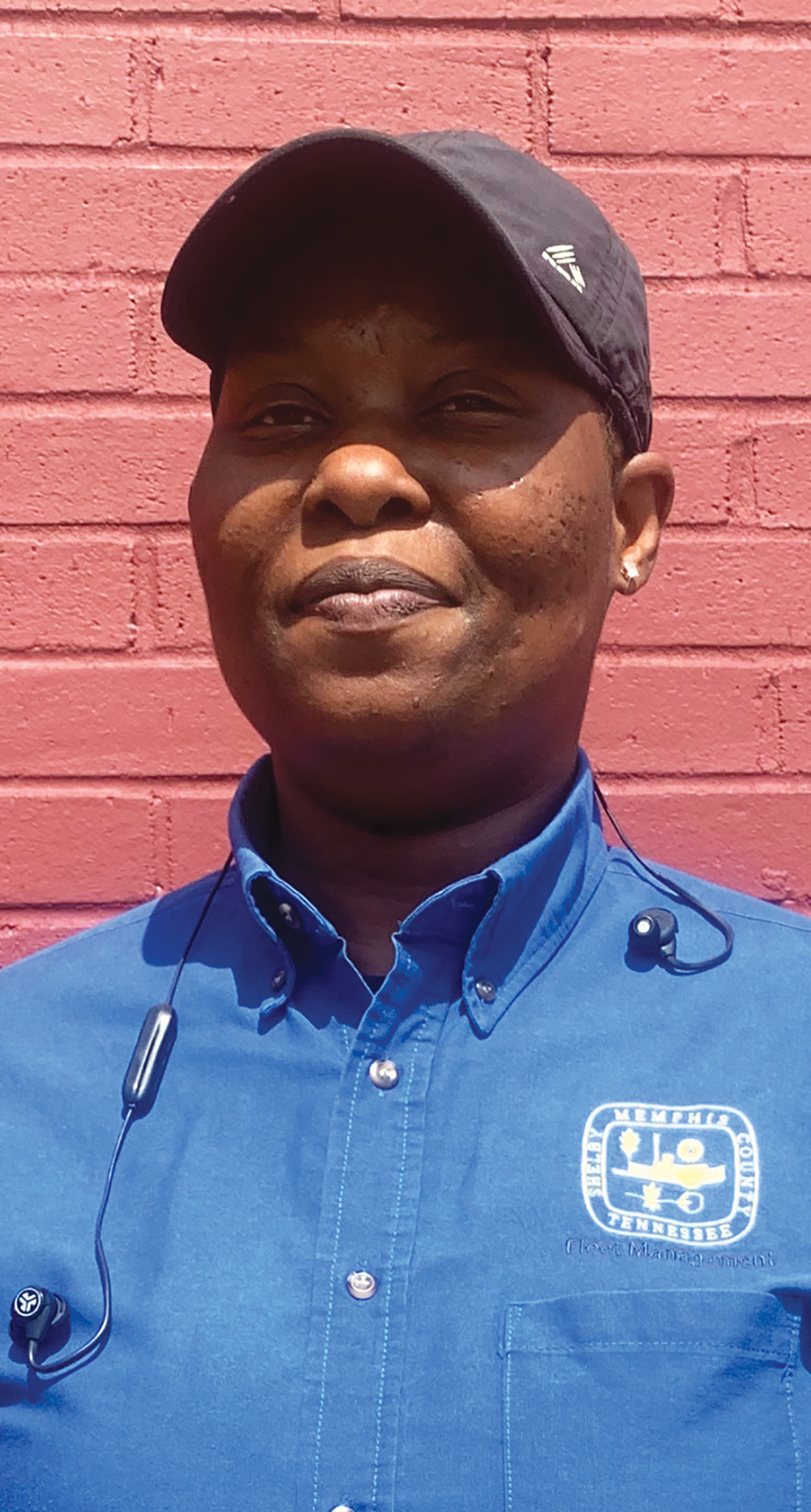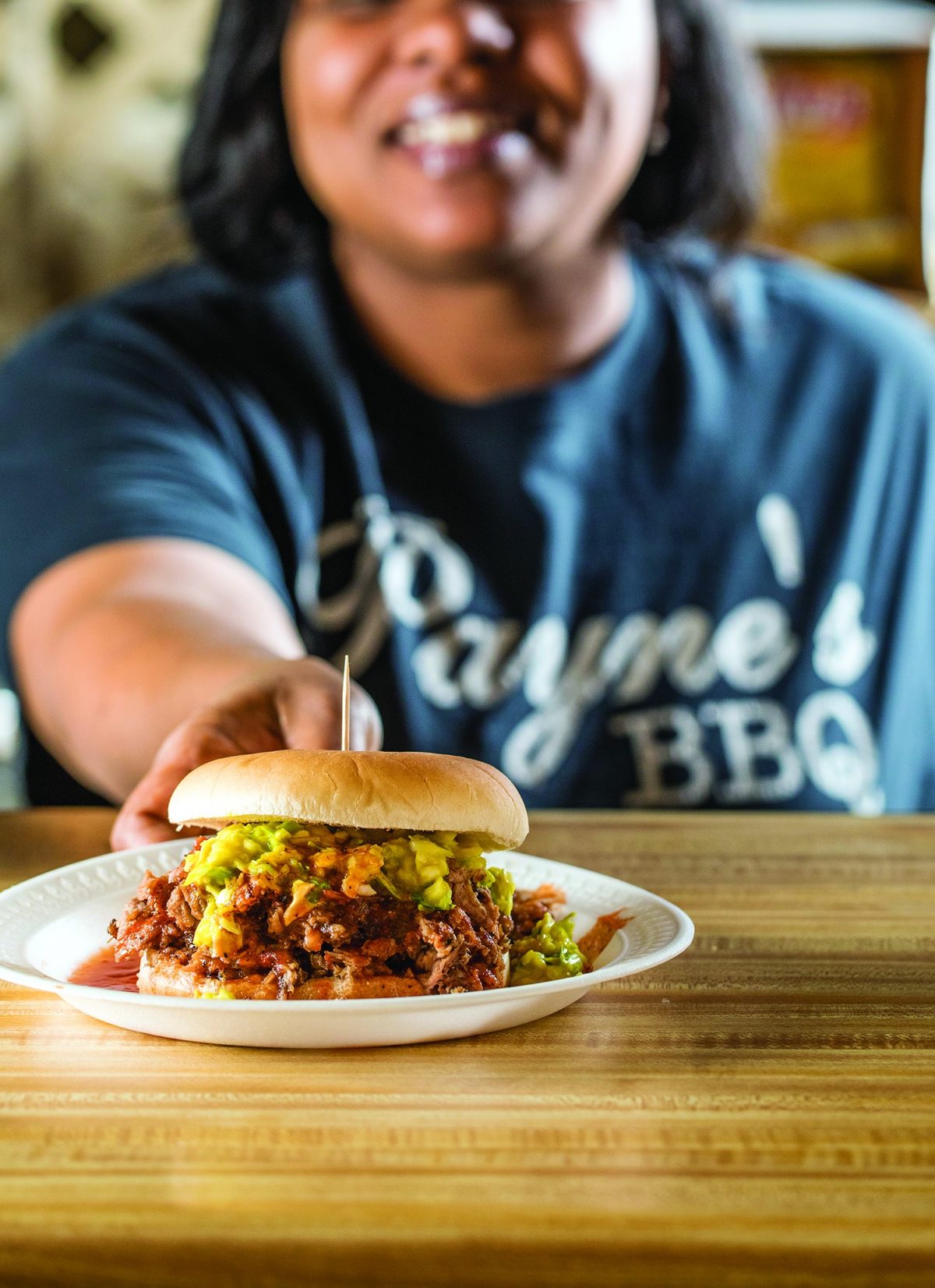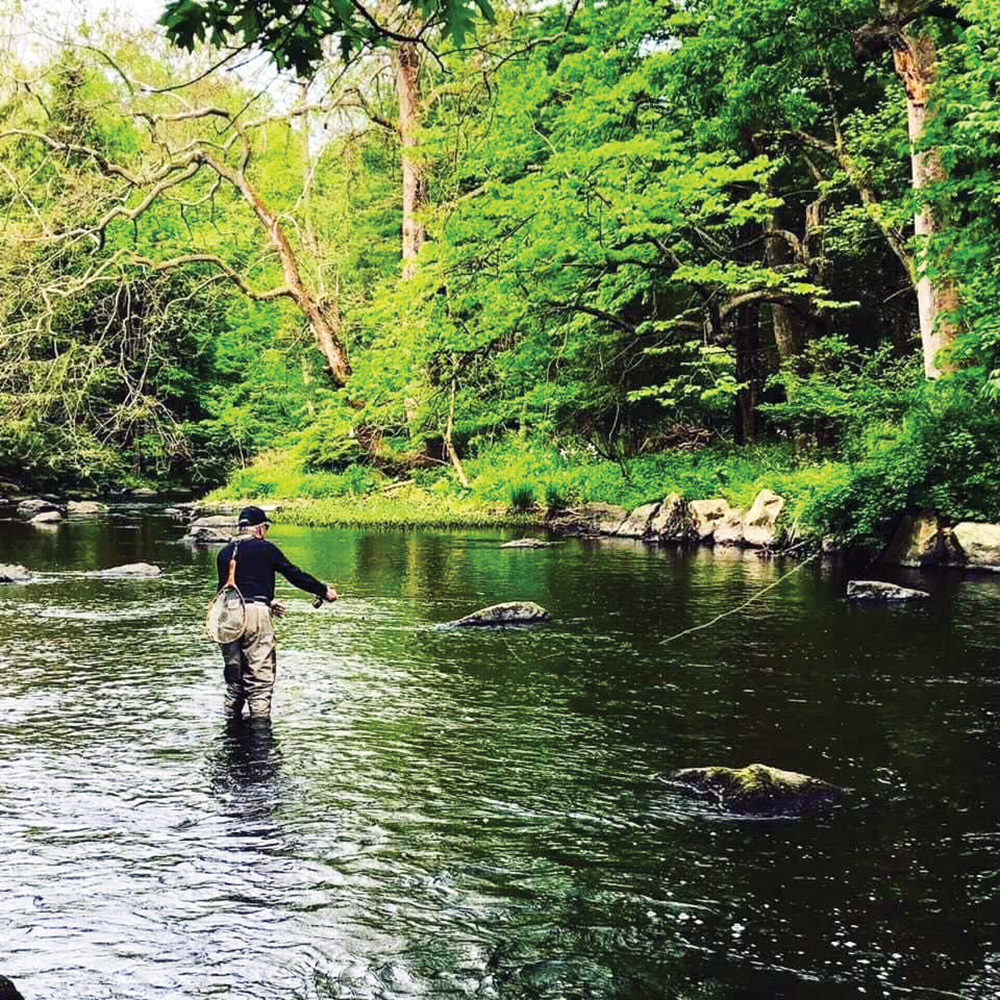People keep asking me how this whole “retirement” thing is going, so I’m going to give y’all a brief summary.
First, I haven’t been in the actual Flyer office for more than five minutes at a time since March 2020, so the transition to pseudo-retirement was made a bit easier. The Flyer Slack channel — which is basically a group text that never ends — was the office. I still monitor Slack, but not as relentlessly.
I’m writing a couple hours a day and also putting together a collection of my stuff for publication at some point. I’ve been taking French classes on Duolingo for about a year, but I’ve ramped that up lately. I do laundry. I water the garden. I mow the yard. I’m living on the edge, basically.
The main change in my life is that I’m now a dog. I’m the alpha of my pack, and why not? I mean, the other two are co-dependent slugs who lack all ambition. They spend the day lying at my feet, waiting for me to move, which, to be honest, is a big responsibility. I get up and walk toward the kitchen and they follow, tails wagging, wide-eyed: “OMG, is he going to eat something??”
Or, if I should casually walk toward the back door, they’re up in a flash, dancing around like idiots. If they had pants, they’d be peeing in them: “Is he gonna grab the leashes? Huh? Huh? HE IS! HE’S GOT THE LEASHES! OH MY GOD, THIS IS AMAZING! WE’RE GOING FOR A WALK!! OH, HAPPY DAY!! HOLY CRAP!!!”
Oh to be a dog and to be able to get that ecstatic over something that happens Every. Damn. Day. It’s a gift, I swear. Lucky dogs.
Sometimes we go to Tobey Dog Park, which has a self-appointed park monitor: “Olive just pooped down in the corner, just past the third tree!” she’ll say, helpfully. Yeah, I saw that, thanks, Pat. She means well, but I’m the alpha here.
Most of the time, I drive them to Overton Bark, where they can hang with other hounds for a bit before we venture off onto one of the countless trails and paths of the Old Forest. I’m still finding new ones. Our walks are quiet, shady, soul-cleansing — and even informational. If I hear an unusual bird sound, I record it on my BirdNET app. When I learn that it’s a great crested flycatcher, I dutifully pass along this knowledge to my pack. I like to keep them updated. I also check plants, so I can let them know that those blue blossoms we’re walking past are American bellflowers.
After 45 minutes of hiking and learning, my girls are panting — bushed and ready for some air-conditioning. Who’s a good alpha? Who’s a good alpha? Me. That’s who.
Back home, as the dogs return to their spots under the table, I check Duolingo. I’ve gone from spending 30 minutes a day when I was working full-time to as much as a couple of hours a day now. Yes, it’s because I want to get better at French, but I must admit it’s also because Duolingo (le batard!) has figured out a way to make language learning a competitive sport. There are “standings” — a league where you get points for how many lessons you take each day and how many points you get on your tests. I like to win, mes amis, and Duolingo knows this — and knows how to suck me back in.
During my walk in the park, for example, I could have gotten an alert (I did) that “Amelie” has moved into first place in our league. You can be sure, now that I’m home, I’m going to be taking an unstoppable hour-long dive into passe imparfait. “Amelie” won’t know what hit her. She may be good at French, but she’s no alpha. She is powerless against Retiree Man.


